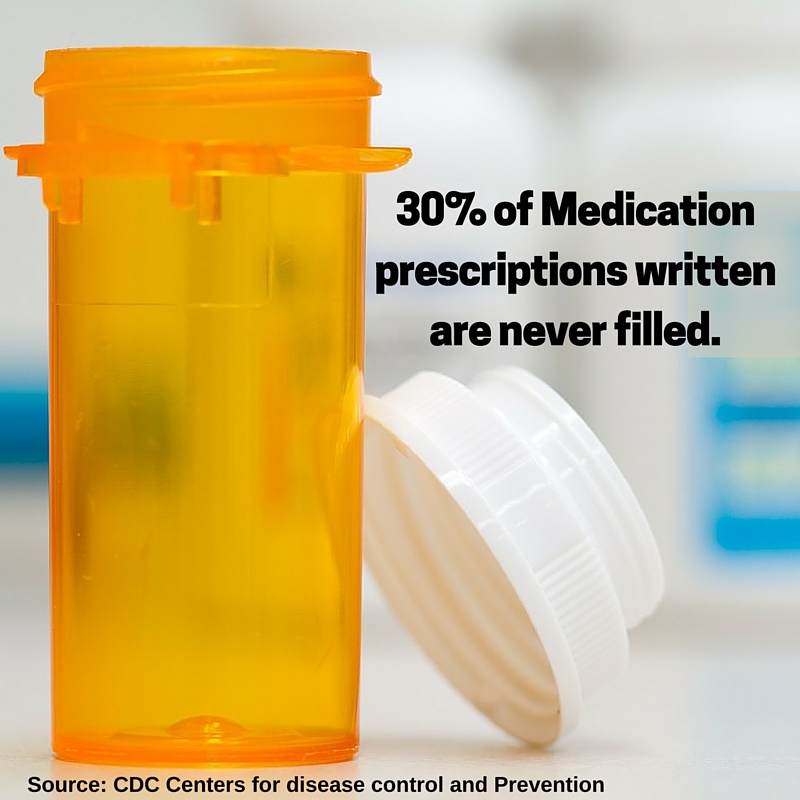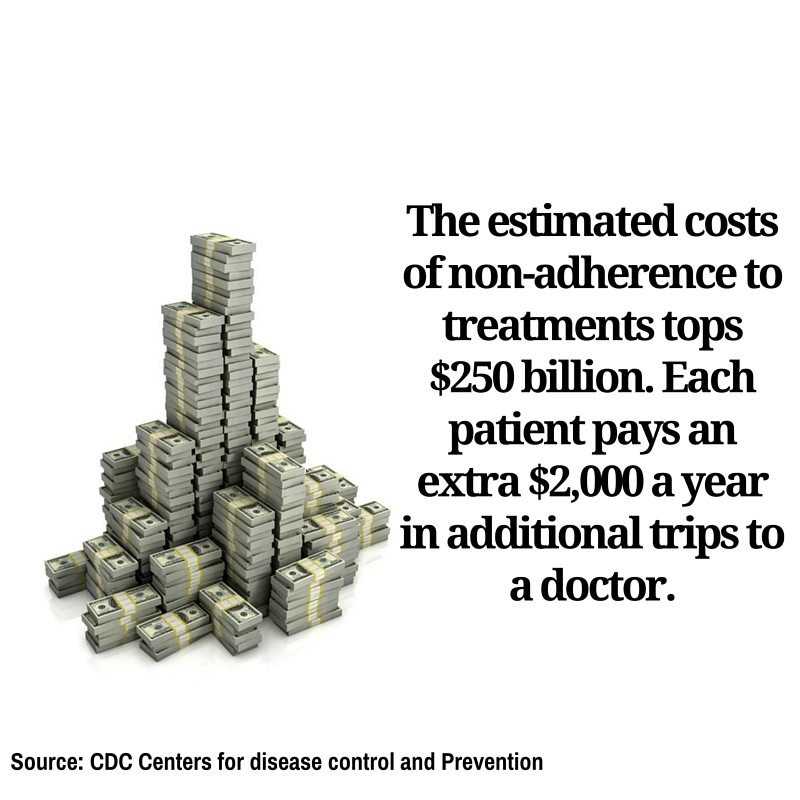Have you ever forgotten to take your pills? You’re not the only one. According to the Centers for Disease Control and Prevention, half of the people prescribed medication eventually stop following their doctors orders.
It’s a dangerous game of Russian roulette. Most of us simply forget. For the elderly, who take more medications with different sets of instructions, it becomes easy to get confused. In cases where their cognitive abilities are diminished due to illness, they can forget on a regular basis. The consequences can be critical.

Almost half of all failed treatments for any illness were a result of failing to adhere to the treatment prescribed. It is estimated that 125,000 Americans die each year simply because they did not take their recommended dose on time.
Mobile technology is changing that.
The newest “thing” to be connected to the web are pillboxes. Smart pillboxes can track if you take your pills, when you took them and the pills you need to take, and even alert you when the box is empty and it’s time to refill your prescription.
If you fail to take your meds, the box itself will send an alert to a caregiver, physician or family member who can call you. For anyone prone to forgetting, this is a life-saver.

The advantages of such a technology are clear. So are the risks. Handing over a life sustaining chore to computers demands that we guaranteeing the technology is working perfectly, all of the time. If the mobile apps fail on us, the consequences are devastating.
Enter mobile testing.
“Mobile application testing makes sure that every function of a mobile app is working all the time, and in any location. It underwrites all the benefits of mobility,” says Tal Barmeir, CEO of Experitest.
Making Mobile Testing Work
A successful mobile application testing strategy can double the chances your treatment will work. To accomplish this, the following areas must be covered:
Functional Testing: From setting the times, to alerting the user, to notifying the doctor or caretaker if a dosage wasn’t taken, every operation of the application must be working correctly. Not only must it work, it has to work on every different type of mobile operating system, over each type of device and in all versions of both.

Automated testing: As the technology advances, new features will be made available quite often. For every new feature added to the mobile application, the entire app must be retested to make sure nothing has been affected—even areas of the app never touched by the upgrade. That takes time. The only way to perform this amount of mobile testing in a reasonable amount of time is automating the process.
Network Virtualization: A doctor can be vacationing on another continent when he or she is alerted a patient has forgotten to take his or her meds. Or, family members can live on the other side of a country and using mobile service from another carrier. Whatever the situation, it is vital that a mobile application will work as effectively in one local network as it will in any of the world’s other 400 to ensure that messages are communicated in a timely manner.
Mobile technology is poised to extend the life expectancy of everybody using top-of-the-line smart tools communicating with mobile health apps. We will all enjoy healthier and longer lives while paying less in the process. The role of mobile testing makes sure this is a safe progression by giving your apps a clean bill of health.





